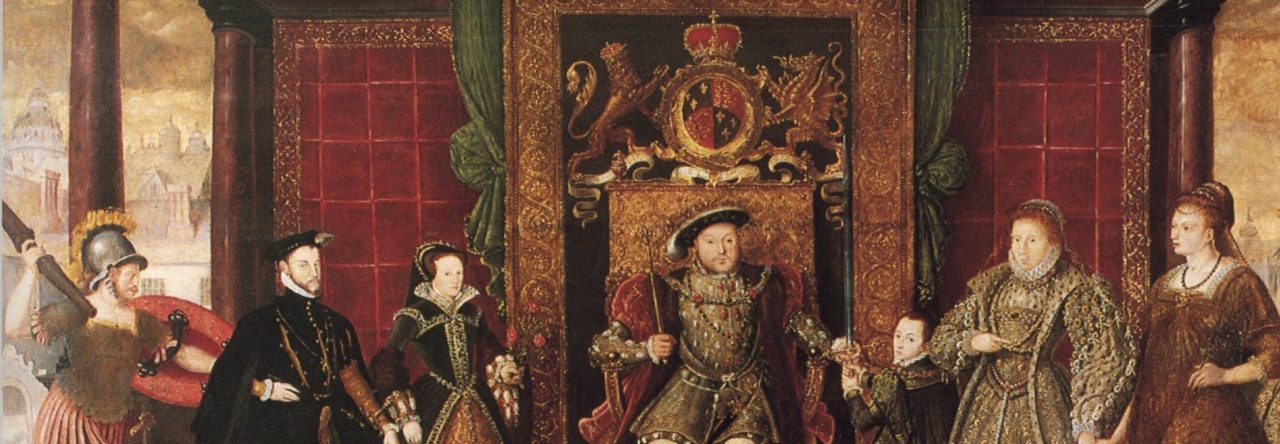 I am pleased to welcome MJ Porter to my blog to share an excerpt from her nonfiction book, “The Royal Women Who Made England.” I would like to thank MJ Porter and The Coffee Pot Book Club for allowing me to be part of this blog tour.
I am pleased to welcome MJ Porter to my blog to share an excerpt from her nonfiction book, “The Royal Women Who Made England.” I would like to thank MJ Porter and The Coffee Pot Book Club for allowing me to be part of this blog tour.
Ælfthryth, the daughter of King Alfred and Lady Ealhswith – The Continental Connection
The union between Ælfthryth and Count Baldwin II is believed to have taken place sometime between Asser’s writing [of Alfred’s life] and the death of Alfred in 899. As Æthelweard’s Chronicon informs, Ælfthryth was married to Count Baldwin II of Flanders (879–918). Count Baldwin II was the son of Alfred’s stepmother, Judith, through her third marriage to Baldwin, Count of Flanders, with whom she eloped in 860, against her father’s wishes. Perhaps this was a love match that had been denied her before. Judith had previously been married to Æthelwulf, King of Wessex, Alfred’s father, and also to Æthelbald, King of Wessex, Alfred’s brother. There is no record of children born to these unions.
Judith was a daughter of Charles the Bald (823–877), who in turn was the son of Louis the Pious (773–840), a son of Charlemagne (c.742–814). Charles the Bald was king of the Franks from 840–877 and emperor from 875–877.
 Blurb:
Blurb:
Throughout the tenth century, England, as it would be recognized today, formed. No longer many Saxon kingdoms, but rather, just England. Yet, this development masks much in the century in which the Viking raiders were seemingly driven from England’s shores by Alfred, his children, and grandchildren, only to return during the reign of his great, great-grandson, the much-maligned Æthelred II.
Not one but two kings would be murdered, others would die at a young age, and a child would be named king on four occasions. Two kings would never marry, and a third would be forcefully divorced from his wife. Yet, the development of ‘England’ did not stop. At no point did it truly fracture back into its constituent parts. Who then ensured this stability? To whom did the witan turn when kings died, and children were raised to the kingship?
The royal woman of the House of Wessex came into prominence during the century, perhaps the most well-known being Æthelflæd, daughter of King Alfred. Perhaps the most maligned being Ælfthryth (Elfrida), accused of murdering her stepson to clear the path to the kingdom for her son, Æthelred II, but there were many more women, rich and powerful in their own right, where their names and landholdings can be traced in the scant historical record.
Using contemporary source material, The Royal Women Who Made England can be plucked from the obscurity that has seen their names and deeds lost, even within a generation of their own lives.
Buy Links:
Universal Buy Link: https://books2read.com/TheRoyalWomenWhoMadeEngland
Publisher Link: https://www.pen-and-sword.co.uk/The-Royal-Women-Who-Made-England-Hardback/p/24395
 Author Bio:
Author Bio:
MJ Porter is the author of over fifty fiction titles set in Saxon England and the era before the tumultuous events 1066. Raised in the shadow of a strange little building and told from a young age that it housed the long-dead bones of Saxon kings, it’s little wonder that the study of the era was undertaken at both undergraduate and graduate levels.
The Royal Women of the Tenth Century is the first non-fiction title. It explores this period’s ‘lost’ women through the surviving contemporary source material. It stemmed from a frustration with how difficult it was to find a single volume dedicated to these ‘lost’ women and hopes to make it much easier for others to understand the prestige, wealth, and influence of the women of the royal House of Wessex.
Author Links:
Website: www.mjporterauthor.com/ or www.mjporterauthor.blog
Twitter: www.twitter.com/coloursofunison
Facebook: https://www.facebook.com/MJPorterauthor/
LinkedIn: https://www.linkedin.com/in/mj-porterauthor/
Instagram: instagram.com/m_j_porter/
Threads: https://www.threads.net/@m_j_porter
Bluesky: mjporterauthor.bsky.social
Pinterest: https://www.pinterest.co.uk/coloursofunison/
Book Bub: https://www.bookbub.com/authors/mj-porter
Amazon Author Page: www.amazon.com/MJ-Porter/e/B006N8K6X4
Goodreads: https://www.goodreads.com/author/show/7163404.M_J_Porter
TikTok: tiktok.com/@mjporterauthor
LinkTree: https://linktr.ee/MJPorterauthor

 When we think about England, we often think about a unified country with an illustrious history of wars and triumphs. However, England in the 10th century was drastically different. It was barely a country as it was newly formed through politics, but it faced the risk of elimination with a carousel of kings and Viking raiders. Some of the most notable kings of this era include Alfred, Edward the Elder, Athelstan, Edward the Martyr, and Aethelred II, but the most fascinating figures of this time were the women who were hidden in the shadows of the past. M.J. Porter uses the written record from the 10th and 11th centuries to tell the tales of these remarkable women in her book, “The Royal Women Who Made England: The Tenth Century in Saxon England.”
When we think about England, we often think about a unified country with an illustrious history of wars and triumphs. However, England in the 10th century was drastically different. It was barely a country as it was newly formed through politics, but it faced the risk of elimination with a carousel of kings and Viking raiders. Some of the most notable kings of this era include Alfred, Edward the Elder, Athelstan, Edward the Martyr, and Aethelred II, but the most fascinating figures of this time were the women who were hidden in the shadows of the past. M.J. Porter uses the written record from the 10th and 11th centuries to tell the tales of these remarkable women in her book, “The Royal Women Who Made England: The Tenth Century in Saxon England.”